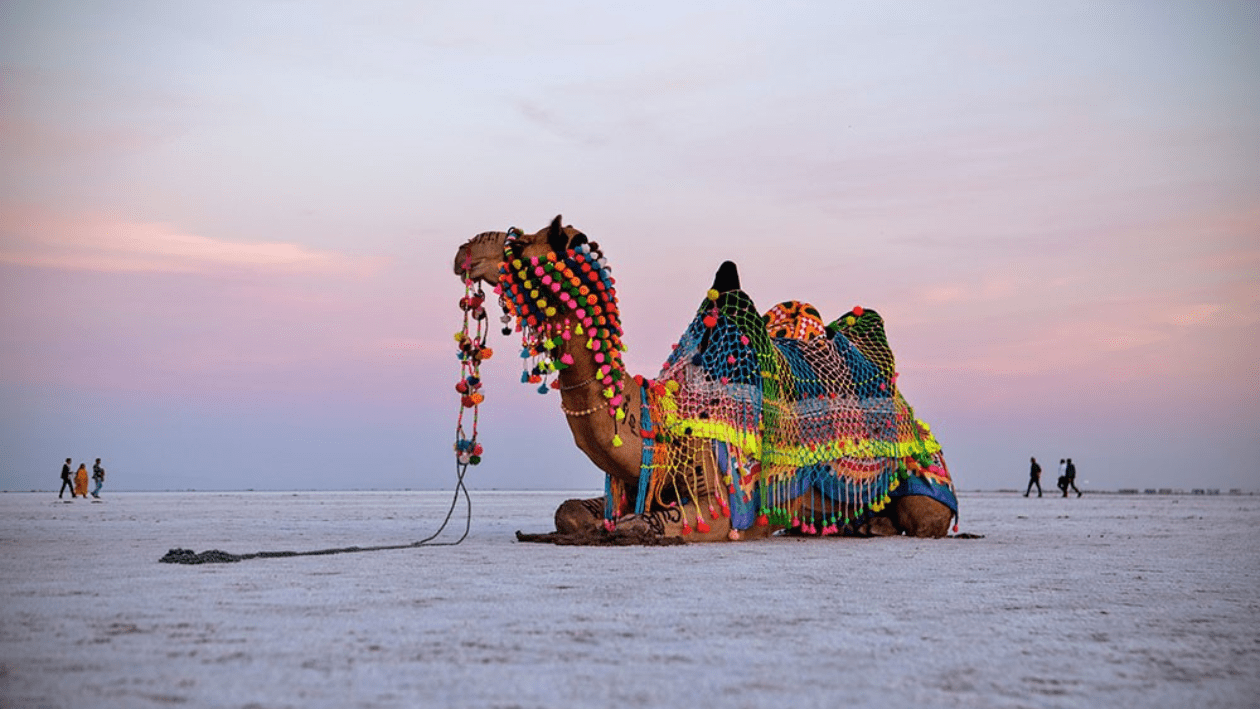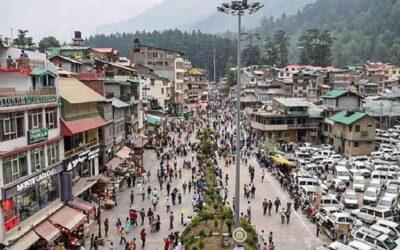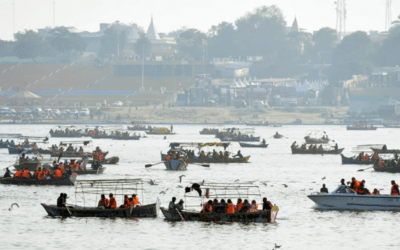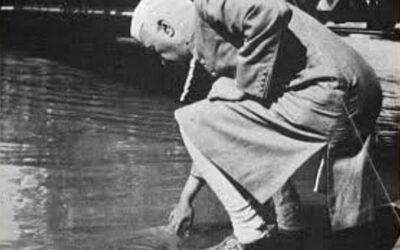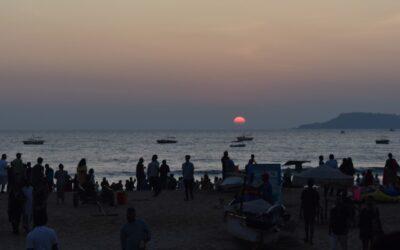10 Luxurious Palaces of Jaipur that You Must Visit
Jaipur, in the Indian state of Rajasthan, is famous for its sumptuous palaces, stunning
buildings, and diverse cultural traditions. Jaipur, often known as the “Pink City” for its
signature pink architecture, is a fascinating window into India’s royal past. Here are a few
royal palaces in Jaipur to check out whether you are interested in history, or architecture, or
just want to experience a little bit of the good life.
Royal Palace In Jaipur You Must Visit
1) City Palace
Royal palaces may be seen all across Jaipur. The City Palace in Jaipur has played a more significant part in Rajasthan’s history and is the royal family’s official home. The Mubarak Mahal and the Chandra Mahal are part of a royal complex constructed between 1729 and 1732.
The design is a stunning fusion of Rajasthani, Mughal, and European styles. When Sawai Man Singh II relocated his capital from Amber to this palace in 1727, it quickly became the center of royal attention.
The Pitam Niwas Chowk, on the way to the Chandra Mahal, is exquisitely embellished with peacock designs, a seasonal theme. The Maharajas’ private audience hall is called Diwan-I-Khas, while the public hall is called Diwan-I-Aam. The former residence of the Maharani is now a museum dedicated to the arms and armor worn by the royal family in battle.
2) Rambagh Palace
Located 8 kilometers from the heart of Jaipur, the palace grounds include 47 acres. Initially constructed in 1835 as a garden house for King Ram Singh’s wet nurses, Maharaja Sawai Man Singh II expanded the structure into a magnificent palace. A regal suite was built just for the Maharaja and his family during the makeover. The palace’s original Rajasthani charm has been preserved despite the building’s new use as a hotel.
Once the home of the Maharaja of Jaipur, the Rambagh Palace is now a historic luxury hotel, the palace was constructed in 1835 and had 47 acres of landscaped grounds. It has 79 luxurious rooms and suites, each with an elegant style inspired by Rajasthani culture.
3) Rajmahal Palace
The Rajmahal Palace was constructed by Maharaja Sawai Jai Singh II in 1729 as a gift to his bride. Although it was once known as Ma Ji Ka Bagh, in 1821, it was rechristened as the Residency.
However, it has been repurposed into a hotel for visitors visiting Jaipur. Because of the political climate, this palace is now only a guest home. But once Maharaja Sawai Man Singh II relocated his court from Rambagh Palace to the more opulent Rajmahal Palace, its former splendor was restored.
The most renowned people in the world have stayed at this palace since it opened as a hotel in 1980 and quickly became a significant attraction in Jaipur.
4) Samode Palace
Samode, one of Rajasthan’s major cities, is just 56 kilometers from Jaipur, and it has a fascinating history. Inspired by the beauty of Rajputana and Muslim architecture, King Rawal Barisal decided to turn the town into a palace in the early 19th century.
Samode Palace’s magnificent courtyards, elaborate murals, and detailed sculptures attest to the town’s regal past. The Hall of Mirrors, also known as the Sheesh Mahal, is a popular tourist destination and one of the most photographed areas of the palace.
The Samode Palace is a beautiful representation of the traditional Rajasthani style. It was constructed in the 16th century and is now a historic hotel. The Sheesh Mahal, decorated with glittering mirrors, is in one of the palace’s gorgeous gardens.
5) Amer Palace
The Meena dynasty was initially governed by the city of Amer, and their palace, known as Amber Palace or Amer Palace, is a spectacular architectural marvel. The impressive palace was once constructed as a fort of red sandstone and marble.
The palace’s elaborate carvings, majestic arches, and spectacular courtyards make it one of Jaipur’s most visited tourist spots. Maota Lake, located inside the royal grounds, is peaceful and adds to the overall beauty of this historical landmark.
The Amer Palace, often called the Amber Fort, is one of Jaipur’s most visited landmarks and a UNESCO World Heritage Site. It was constructed on a mountaintop overlooking Maota Lake in the 16th century. The Diwan-i-Aam, the Diwan-i-Khas, and the Sheesh Mahal are just a few of the palace’s many rooms.
6) Hari Mahal Palace
The Hari Mahal Palace was constructed in 1930 and served as the seat of Rajadhiraj Hari Singh of Acrol, whose lineage originated with Maharaja Prithviraj of Amer.
Guests of the historic hotel will fully appreciate the palace’s opulence, marvel at its stunning architecture, and learn about the region’s rich cultural legacy throughout their stay.
The Hari Mahal Palace is a historic inn constructed in the early twentieth century. The palace’s 23 rooms and suites are exquisitely furnished with period pieces and art. In addition to its luxurious rooms, the court has a great restaurant with authentic Rajasthani cuisine and a relaxing garden.
7) Jal Mahal
The Jal Mahal is a must-see in Jaipur since it is an incredible sight. An architectural marvel, this palace seems to float on the surface of Man Sagar Lake as it rises majestically from the lake’s center.
Although the palace’s interior is off-limits to tourists for preservation purposes, the grounds outside are lovely for a stroll. In the evening, the scenery outside the court takes on a beautiful quality, presenting magnificent views.
The Water Palace, or Jal Mahal, may be seen amid Jaipur’s Man Sagar Lake. Four of the palace’s five levels are immersed in water; it was constructed in the 18th century. The court is a sight to see and a popular location for tourists and photographers alike.
8) Hawa Mahal
The Hawa Mahal in Jaipur was built in 1798 at the behest of Maharaja Sawai Pratap Singh.
The Hawa Mahal got its name from the winds that blew through its numerous windows. Hence it was appropriately named “Palace of the Winds.” Every day save Friday, the palace welcomes guests to marvel at its exquisite design and architecture.
9) Shahpura Haveli
Nearly 300 years ago, the Shahpura Palace was built to serve as a stronghold in Shahpura. During the reign of Rao Bishan Singh in the 18th century, the fort was renovated into a beautiful palace.
The palace has been transformed into a historic hotel with an unusual fusion of Indo-Saracenic architectural elements. Famous people, creative types, and even a monarchy graced its halls. The palace’s bougainvillea courtyards are incredibly well-known and contribute much to the hotel’s air of luxury and sophistication.
10) Narain Niwas Palace
The Narain Niwas Palace was constructed in the Anglo-Indian style of Victorian India by General Amar Singh, the Thakur of Kanota. The palace was built as a summer retreat for the Kanota dynasty and now symbolizes Rajasthan’s cultural significance.
The palace provides insight into Rajasthan’s kings’ lavish lifestyle with its sumptuous ethnic Indian furniture and exquisite wall decorations. The palace is now a historic hotel where visitors may stay at the height of elegance.
Conclusion
The royal palace in Jaipur and the havelis of Jaipur attest to the city’s rich cultural history and regal past. The decadence and splendor of the Rajput period are on display in these eleven magnificent palaces. Anyone interested in Rajasthan’s cultural heritage should make a point of visiting these places.
Many of Jaipur’s palaces and forts have also been transformed into resorts and historic hotels, as may be seen. The spectacular and well-known palaces have been restored, saving examples of early construction.

